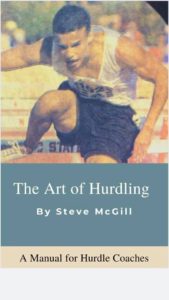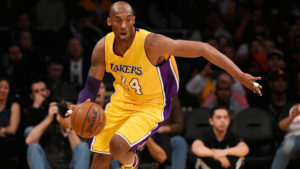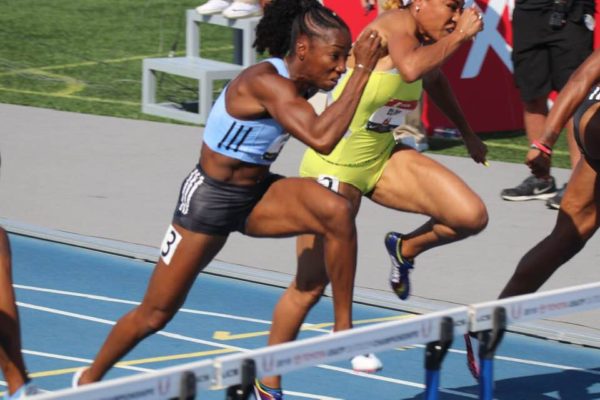September 28, 2020
I wrote the thoughts below back on January 30, 2019. I came upon the document this morning as I was looking for another document in my Microsoft Word files, and felt it would be worth sharing here:
I always tell my hurdlers that a breakthrough will occur, but you can never predict when it will happen; you just have to trust that if you stay diligent, the breakthrough will occur. Training for a race that lasts less than 20 seconds means that 99.9% of your time is spent training while only .1% of your time is spent competing. So of course there’s going to be some anxiety on the day of a race, because of fear of all the training going to waste. In practice my hurdlers do multiple reps of drills, work on the various phases of the race, and do all kinds of workouts and exercises to keep their bodies healthy and ready for competition. So the hope is always that the things we worked on in practice will shine through for us on race day. But the reality is that it takes a high level of calm focus to be able to duplicate in a race what you were able to do in practice. That level of focus is developed through repetition. In a race, you have one chance when the gun goes off to either do it or not, whereas in practice you can keep going back and trying again every time you make a mistake. So it takes many races to get to a point where you can execute the movements you practice while training without the need for the mind to tell the body what to do. In races there is no time for thinking, so the body has to do it on its own. To get to a point where the body is that in tune with what it needs to do doesn’t happen overnight. That’s why when athletes say, in reference to executing certain movements, “I can do it practice, but in meets it just doesn’t work,” I respond by saying, be patient, be persistent. My experience has been that the breakthrough always does come eventually, and when it does, that changes the athlete’s entire outlook on hurdling, and validates all the hard work and frustration.


